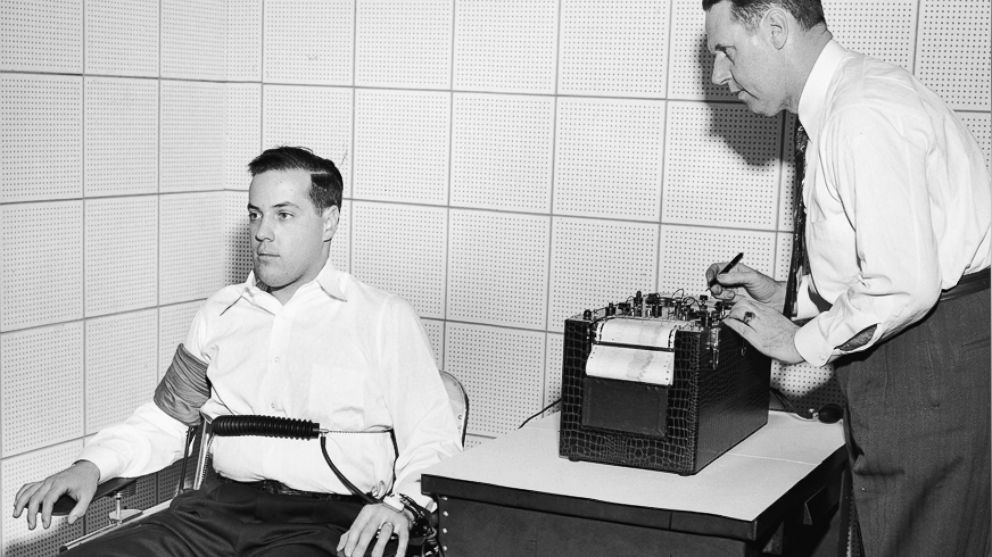Scientists Trying New Trick to Catch You in a Lie
A new approach to reading the human mind.

— -- Ah, Pinocchio, where are you when we need you? How convenient it would be if a liar's nose grew longer with every lie. Then we wouldn't need modern science with all those brain scanners and high tech gizmos to tell us when somebody is fibbing.
Ever since John Larson, a medical student at UC Berkeley, invented the polygraph in 1921, scientists have tried to come up with a more reliable way to decipher autonomous signals from the human brain whenever a subject is bending the truth.
Cameras that track shifty movements of the human eye and sensors that detect sweaty palms or muscle twitches that we can't control have all been tried with varying degrees of success.
None, however, has proven reliable enough to play a major role in the U.S. justice system. They might help investigators determine whether they are on the right track, but judges routinely deny their use in court.
Now scientists at Northwestern University in Illinois say they have found another way to tell if a suspect who denies if he has even seen something, like a murder weapon, is lying. We'll stay with the male gender for this story, even though we know that the gentler gender can also commit mayhem.
If our suspect -- he for brevity -- says he never saw it, and yet he really did see it, a brain wave called P300 lights up like a Christmas tree. That elevated cerebral activity shows up if he is hooked to an electroencephalograph, according to John B. Meixner and J. Peter Rosenfeld, who disclosed their findings in the journal Psychological Science.
Is it infallible? Probably not, as the researchers concede in their own study. What if the suspect really hasn't seen that particular weapon, but it looks exactly like the one owned by dear old dad? That would probably stir the workings of the inner brain too, even if the guy was totally innocent. But the idea is still intriguing.
The scientists believe their technique, which worked quite well on 24 college students, will help investigators determine if a suspect has personal knowledge of a specific place, like a murder scene, even if he denies ever having been there. Or if he had ever seen the face of a murder victim, or even the office where the deceased worked.
The researchers fitted the students with cameras that recorded their every activity for a four-hour stretch. That includes where they went, who they talked with, what ordinary experiences they had during that period -- the routine events that make up much of our lives.
The cameras were returned to the lab, where experimenters culled the videos for common objects -- like a grocery store or theater -- that the student had seen. The students returned to the lab the next day and were divided into two groups.
All were hooked up to an EEG, and half were shown scenes their cameras showed they had personally witnessed, along with items or places they had not seen. The other half were shown only scenes they had not seen.
The brain wave was far more active when the participants saw familiar scenes or items than when they were shown irrelevant items. It never changed significantly for the 12 students who were shown only irrelevant items, the researchers said.
So a suspect who is shown crucial evidence, which he denies ever having seen, will show up as lying because he has no control over the intensity of that particular brain wave. The obvious conclusion: He's guilty, off with his head.



